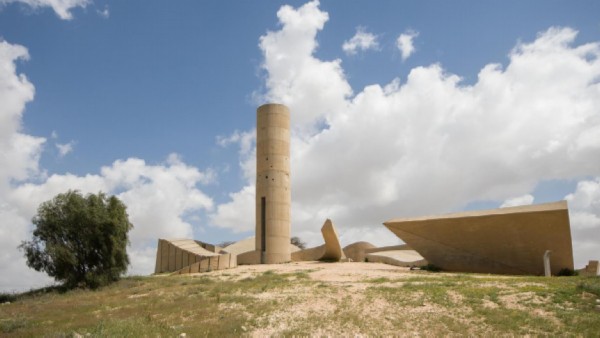Memorial Wall of Sorrow in Moscow

The Wall of Sorrow is the first project of the Memory Fund, implemented in accordance with the Decree of the President of the Russian Federation of September 30, 2015 No. 487 “On the erection of a memorial to the victims of political repression.” The Foundation Council includes Senator Vladimir Lukin, President of the Alexander Solzhenitsyn Foundation Natalia Solzhenitsyna, political scientist Sergei Karaganov, director Pavel Lungin, head of the Memorial society Arseniy Roginsky, adviser to the President of the Russian Federation Mikhail Fedotov.
Advisor to the President of Russia Mikhail Fedotov recalled that the creation of such a monument was discussed back in the days of Nikita Khrushchev, but only now this idea has been realized. “I hope that with the construction of this memorial we will put an end to the history of internal confrontation in our country, which began in October 1917,” he said.
Fedotov stressed that the project won the open competition, which received more than 300 applications. “Everything was absolutely democratic,” the adviser concluded. He added that the cost of the sculptural composition was about 300 million rubles.

The “Wall of Sorrow” is a bronze double-sided high relief with several arches.
It consists of faceless human figures. On both sides of the monument there are tablets with the word “Remember” in different languages. The area in front of the monument is supposed to be lined with stones brought from the places where the camps and prisons of the Gulag were located.

This monument is quite impressive in size. Until the opening, it will be stored in a public garden next to Sakharov Avenue. The height of the monument is 6 meters. Length 35 meters. 80 tons of bronze were used in the creation of the “Wall of Sorrow”. The monument is a two-sided bas-relief depicting human figures. Images are both flat and three-dimensional.
The total cost of the monument was 460 million rubles, of which 300 million were allocated from the Moscow city budget, and the collection of the remaining 160 million was entrusted to the Fund for Perpetuating the Memory of Victims of Political Repressions. As Karaganov noted, such a large amount is due to the “giant size of the monument and expensive materials.”







